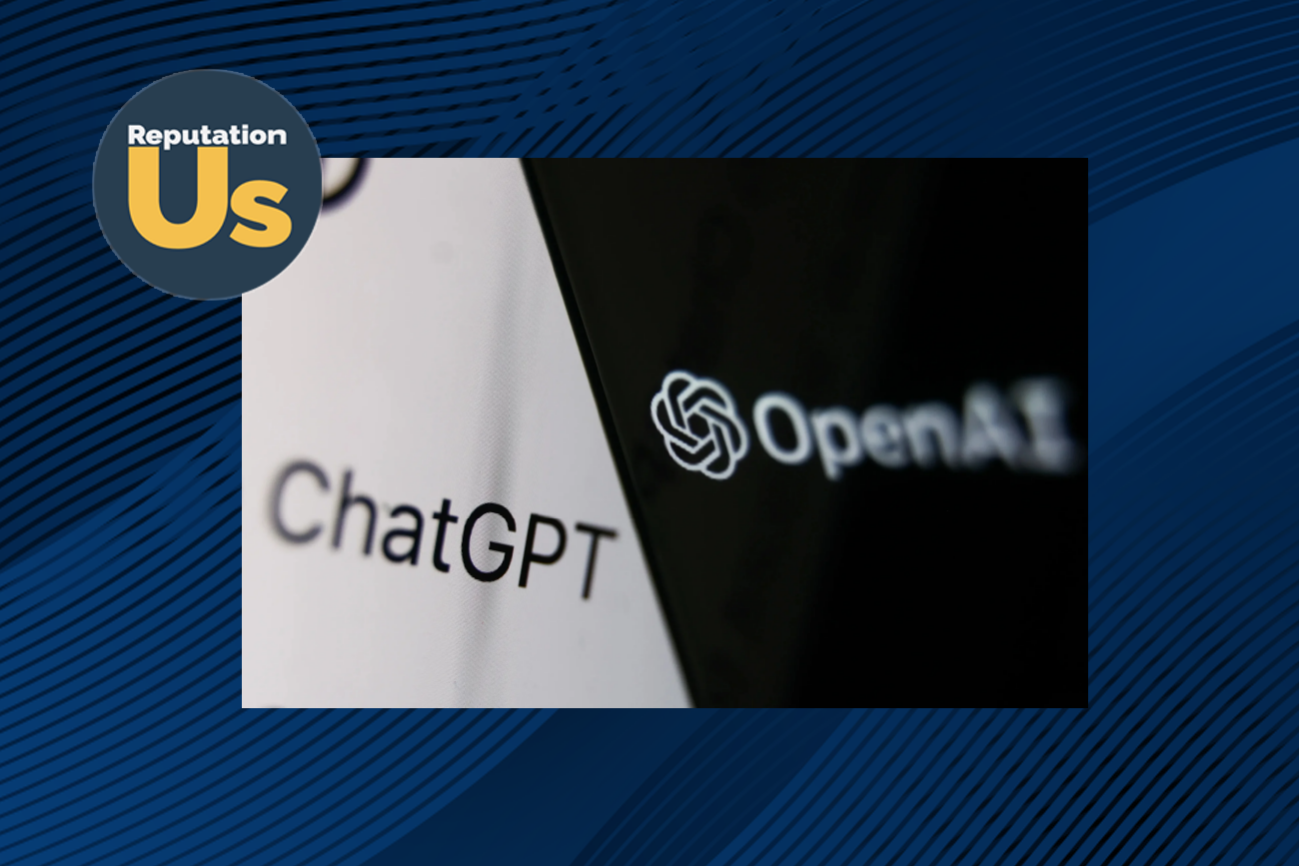You’ve probably heard—AI is very good at writing authoritative, credible and conversational statements. So the business love affair with Chat GPT, the AI chatbox created by OpenAI, continues. ChatGPT reached its first one million user milestone in January—just two months after its launch—making it the fastest-growing consumer application in history, according to a USB study. The upgrade, Chat GPT Plus, was released last month.
These “Generative Pre-Trained Transformers” offer software responses that simulates human-like conversations. Generating human-sounding text is valuable for language translation, dialogues, and increasing business efficiency by improving data collection and analysis capabilities.
According to the USB report, “We see strong interest from enterprises to integrate conservational AI into their existing ecosystem. As a result, we believe conversational AI’s share in the broader AI’s addressable market can climb to 20% by 2025 (USD 18–20bn).”
It’s clear that businesses are interested in using conversational AI, but what are the ramifications to your reputation of doing so?
Your Real Reputation Is On The Line
Content is king, but could allowing a computer to get to know and communicate with your customers by studying what they search for and providing content individually tailored to them—written by AI—call into question the “humanness” behind your organization? Or can meeting the needs of your customers automatically, individually and accurately bolster your company’s good reputation?
Only time and market feedback will tell us for sure. In the meantime, as part of your smart preparation for what’s coming, here are some important considerations to weave into your reputation management plan before you dive head-first into AI:
1. Research and familiarize yourself with AI options.
Consider AI as you would any other business collaboration. Just as you wouldn’t enter a partnership, hire a key executive, or make a key financial investment without a thorough understanding of the elements, don’t let the “market buzz” of the new technology drive your decisions. Understand the intent you have as a company, and how AI may (or may not be) be a positive part of it. This can help drive your messaging. Message unity training among your executives can help ensure everyone relays the same message.
2. Consider the view of your stakeholders—before adopting AI.
Once you understand what you are getting into from a technological standpoint, it’s essential to forecast a true reflection of the perspective your stakeholders have about AI. You may want to conduct a survey among executives, staff and customers to understand their current comfort levels. Will they feel “replaced,” “monitored” or “distrustful” for any reason? Part of maintaining a good reputation is identifying potential issues, before they arise, and supporting a collaborative and transparent conversation. Conducting a reputation assessment before and after you integrate AI can be instrumental in smoothing out any potential pitfalls.
3. Put your Chief Reputation Officer (CRO) at the center of the conversation.
It is important to understand the key players in your company who may benefit from AI. The system can help marketing professionals streamline their workflow by generating ideas and creating content quickly and efficiently. Open up the discussion with your Chief Marketing Officer, for example, and your CRO. (Incidentally, your CMO should not automatically be tasked with being your CRO.) The same goes for your customer service and sale departments.
While conversational AI has been slow to develop over the past few decades, as its adoption begins to explode, there is no better time to align your reputational considerations with the possibility of being an early adopter. This can help you transition the processes smoothly by creating reputation-enhancing goals as the foundation for your larger integration plan.
4. Enjoy the benefits of AI, but be aware of the risks
Like any new thing, we are smitten by the newness. The Financial Brand, a publication for the financial services industry, recently published an article, “Pros & Cons of ChatGPT and other Generative AI for Marketers.” The writer stated, “Enjoying the benefits while addressing the risk demands considerable human input and ongoing monitoring by real people.” In other words, use cautious if you’re using AI for content not generated by real people. Your customers and readers will recognize the difference and this will ultimately lose credibility and trust.








